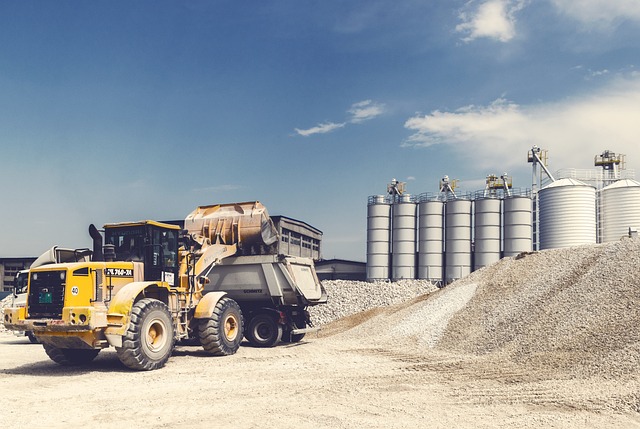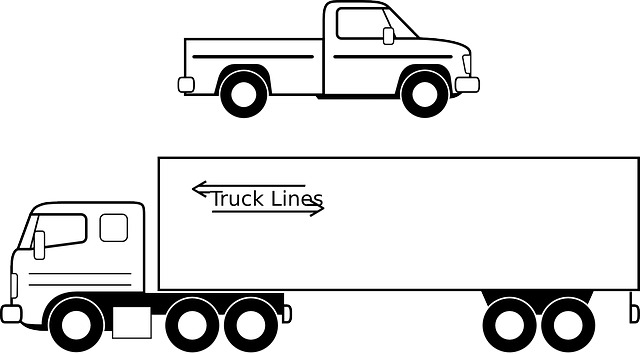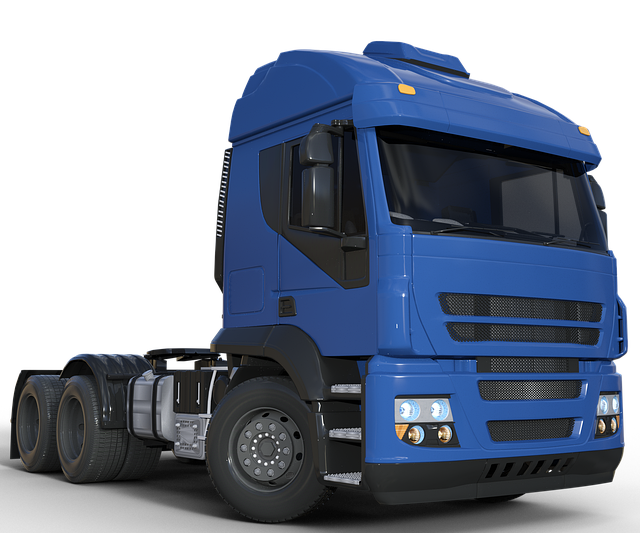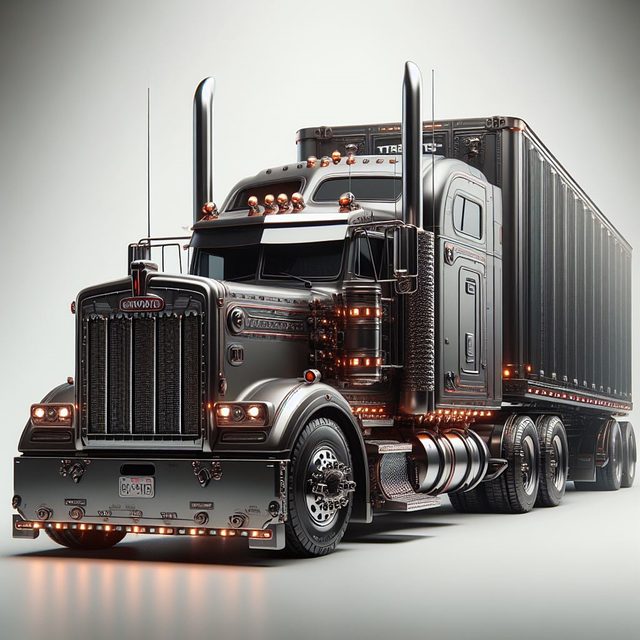Heavy-duty trucks require specialized heavy-duty truck insurance (also known as large truck insurance) due to their unique risks. Policies include oversized vehicle insurance or heavy equipment insurance for specific machinery, with customizable coverage addressing collision, liability, and mechanical issues. Custom heavy-duty truck policies offer comprehensive heavy truck coverage tailored to age, condition, and usage, ensuring large vehicle protection against various perils.
In the realm of transportation, heavy-duty trucks play a pivotal role in moving goods across landscapes. However, their size and specialized nature necessitate tailored insurance coverage. This article explores the intricate world of heavy-duty truck insurance, delving into key requirements, diverse coverage types for standard and unique vehicles, and best practices for customizing policies to protect valuable equipment and oversized loads. Understanding these aspects ensures comprehensive protection for both businesses and drivers navigating this bustling industry.
- Understanding Heavy-Duty Truck Insurance Requirements
- Types of Coverage for Large Trucks and Specialized Vehicles
- Customizing Policies for Unique Heavy Equipment and Oversized Loads
- Protecting Your Investment: Best Practices for Comprehensive Coverage
Understanding Heavy-Duty Truck Insurance Requirements

Heavy-duty truck insurance requirements vary significantly from standard auto policies due to the unique risks associated with operating larger vehicles and specialized equipment. These trucks, often crucial for transporting heavy goods or construction equipment, necessitate tailored coverage that addresses their specific needs. Insurers offer specialized truck insurance designed to protect against collision damages, liability claims, and other potential hazards.
When considering insurance for heavy-duty trucks, it’s essential to look beyond basic collision coverage. Oversized vehicle insurance policies often include extended liability protection, covering damages that might occur during the transport of exceptionally large or unusual cargo. Additionally, a custom heavy-duty truck policy may incorporate provisions for roadside assistance, mechanical breakdowns, and even specific types of business interruption losses, ensuring comprehensive large truck insurance for owners operating in diverse sectors.
Types of Coverage for Large Trucks and Specialized Vehicles

When it comes to insuring heavy-duty trucks and specialized vehicles, there are various types of coverage options available to cater to unique risks associated with these large machines. Beyond standard auto insurance, heavy-duty truck insurance offers tailored protection for these substantial vehicles. This includes large truck insurance policies that account for higher liability limits due to their size and potential impact in collisions.
Specialized vehicle owners often require oversized vehicle insurance or heavy equipment insurance to cover unique risks associated with their specific machinery. For instance, a custom heavy-duty truck policy might be necessary for businesses operating specialized vehicles like firetrucks or construction equipment. Such policies provide comprehensive large vehicle protection, ensuring that the operation and maintenance of these complex machines are adequately secured against potential losses and liabilities.
Customizing Policies for Unique Heavy Equipment and Oversized Loads

When it comes to insuring heavy-duty trucks, one size does not fit all. These powerful machines, often hauling heavy equipment or oversized loads, require specialized coverage tailored to their unique risks. A custom heavy-duty truck policy should account for factors like the vehicle’s age, mechanical condition, and specific usage—whether it’s construction sites, long-haul routes, or both.
Specialized truck insurance providers offer flexible plans that cater to these nuances. They understand that a damaged engine due to routine wear and tear is vastly different from an accident caused by handling an oversized load. As such, policies can be customized to cover specific types of damage, including mechanical breakdowns, cargo loss or damage during transit, and liability associated with operating such specialized vehicles. This level of customization ensures that owners and operators of heavy-duty trucks are adequately protected in their distinct operations.
Protecting Your Investment: Best Practices for Comprehensive Coverage

Protecting Your Investment: Best Practices for Comprehensive Coverage
When it comes to heavy-duty trucks, insuring your investment is paramount. These vehicles, often used in demanding industries like construction and logistics, require specialized insurance that goes beyond standard policies. Heavy-duty truck insurance should encompass collision coverage tailored for the unique risks these large vehicles face, including potential accidents with other oversized vehicles or obstacles. A custom heavy-duty truck policy should include comprehensive protection against theft, natural disasters, and mechanical failures, ensuring your vehicle and its operational capabilities remain intact.
Best practices suggest evaluating your specific needs and operating environment. Consider factors like the type of cargo transported, driving terrain, and potential hazards. Opting for specialized truck insurance providers who understand these nuances can result in more accurate coverage pricing and better claims handling. Additionally, staying informed about industry regulations and updating your policy as your operation evolves is crucial to maintaining optimal large vehicle protection.
When insuring heavy-duty trucks, understanding the unique requirements and customizing policies to fit specialized needs are key. Whether covering heavy equipment, oversized loads, or a bustling fleet of large trucks, the right insurance ensures your investment is protected. By considering comprehensive coverage options, you can navigate the road ahead with confidence, knowing your heavy-duty trucks are safeguarded against potential liabilities and collisions.
